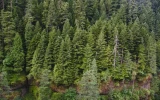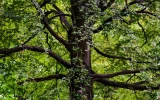Loblolly Pine Value Per Acre (2023 Prices)
Loblolly pine is a common species of pine tree found in the southeastern United States. They are primarily grown for timber, but they can also be used for pulp and paper products. In this article, we will discuss the value of an acre of loblolly pine in 2023 as compared to other timber species, based on the products they can produce and the location of their origin.
The estimated value of an acre of loblolly pine ranges from $1,500 to $2,500. An acre of loblolly pine produces timber products worth $500–$3,000, while existing pine stands can earn an average of $100–$150 per acre per year from pine straw and other non-timber forest products.
Loblolly pines are also highly valued in South Carolina (around $2,500–$3,500) compared to areas such as Texas, where an acre only has a value of about $500–$1,000. Let's find out how location affects the value of these trees as well as other factors such as the age of the trees, tree density, and soil quality.
Summary
- Loblolly pine has a lower estimated value per acre ($1,500–$2,500) compared to other timber species due to its fast growth rate, lower wood density, and potentially lower market demand.
- South Carolina and Georgia have higher values for an acre of loblolly pines due to favorable growing conditions and strong forestry industries.
- Younger Loblolly Pine trees have a lower value than older trees, but there is a point where the age of the trees can decrease their value.
- A denser pine stand may indicate higher quality lumber, but too much density can lead to lower growth rates and lower overall value.

On this page:
Estimated Value Of Loblolly Pine Per Acre
In the current market trends, existing Loblolly Pine stands can earn an average of $100 to $150 per acre per year, with proper management and thinning over the 35-year lifespan.
Value per acre comparison with other timber species
| Timber Species | Estimated Value Per Acre |
|---|---|
| Loblolly Pine | $1,500 - $2,500 |
| Longleaf Pine | $2,000 - $3,000 |
| Slash Pine | $1,500 - $2,500 |
| Douglas Fir | $2,000 - $3,000 |
| Red Oak | $2,500 - $3,500 |
| Black Walnut | $3,000 - $4,000 |
| Cherry | $3,500 - $4,500 |
Compared to other timber species, Loblolly and slash pine are fast-growing species, which can lead to lower wood density and lower value per unit of volume.
Slower-growing species like black walnut and cherry typically have higher wood densities and higher values per unit of volume.
Mature black walnut trees can even be worth anywhere from $1,000 to $10,000 each.
Additionally, the market demand for loblolly and slash pine may be lower compared to species like black walnut and cherry, which are often used for high-end furniture and cabinetry, and this can lead to lower prices as well.
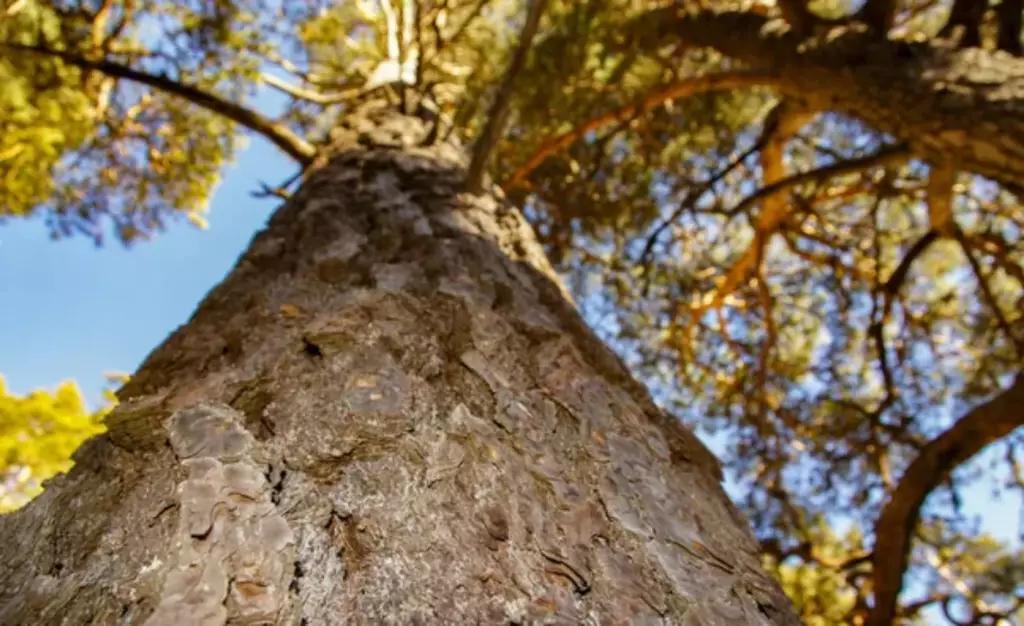
Lastly, Loblolly and slash pine are commonly found in the southeastern United States, where there may be a greater supply of these species compared to other regions. This can lead to lower prices due to increased competition.
If you want a longer list of timber species and their values per acre, you can read this article.
Value per acre based on products
In this section, we will discuss the different products that can be made from loblolly pine and their respective values:
| Product | Estimated Value Per Acre |
|---|---|
| Timber | $500 - $3,000 |
| Pine Straw and non-timber forest products | $100 - $150 per year |
An acre of loblolly pine produces timber products worth $500 - $3,000
Loblolly pine is primarily grown for its timber, which can be used for a variety of products, including lumber, plywood, and poles.
The value of an acre of timber can range from $500 to $3,000, depending on the quality and size of the trees. For example, logs with a diameter of 12 inches or more are considered "sawtimber" and can be sold for a higher price than smaller logs that are used for pulpwood or chips.
Non-timber forest products from loblolly pine make $100 to $150 per acre per year
Loblolly pine can also be used for pulp and paper products, such as tissue paper and newsprint.
Existing pine stands can earn an average of about $100 to $150 per acre per year from pine straw and other non-timber forest products.
However, landowners must properly manage the timber by thinning the trees a few times over the 35-year lifespan to maximize the value of the wood.
Value per acre depending on location
The table below shows the average value of loblolly pine per acre in different locations in the US:
| Location | Estimated Value per Acre of Loblolly Pine |
|---|---|
| South Carolina | $2,500 - $3,500 |
| Georgia | $2,000 - $3,000 |
| Alabama | $1,500 - $2,500 |
| Mississippi | $1,000 - $2,000 |
| Louisiana | $1,000 - $1,500 |
| Arkansas | $800 - $1,500 |
| Texas | $500 - $1,000 |
Loblolly pine is highly valued in South Carolina due to the state's favorable climate and soil conditions for growing the species. Additionally, the state has a strong forestry industry, which creates demand for loblolly pine products.
Georgia is another state with favorable growing conditions for loblolly pine, which is reflected in the higher estimated value per acre. The state also has a large paper and pulp industry, which creates demand for loblolly pine products.
Meanwhile, Loblolly pine is not as common in Texas as in other southern states, and it also has a smaller forestry industry compared to other southern states, which reflects on the lower estimated value of loblolly pine per acre.

Factors Affecting Loblolly Pine Value Per Acre
Below are some of the key factors that can impact the value of your loblolly pine per acre:
Consider the age of your trees
The table shows the differences in the estimated value per car of loblolly pine trees depending on age:
| Age of Loblolly Pine Trees | Estimated Value per Acre |
|---|---|
| 0–10 years | $500-$1,000 |
| 10–20 years | $1,000-$2,500 |
| 20–30 years | $2,500-$5,000 |
| 30–40 years | $5,000-$10,000 |
| 40–50 years | $10,000-$15,000 |
| 50+ years | $15,000-$20,000 |
Generally, younger trees are less valuable than older trees because they haven't had as much time to grow and develop. As Loblolly pine trees age, they become larger and produce more wood, which increases their value.
However, there is a point at which the age of the trees can actually decrease their value. This is because older trees are more susceptible to damage from pests and disease, and they may also be less productive.
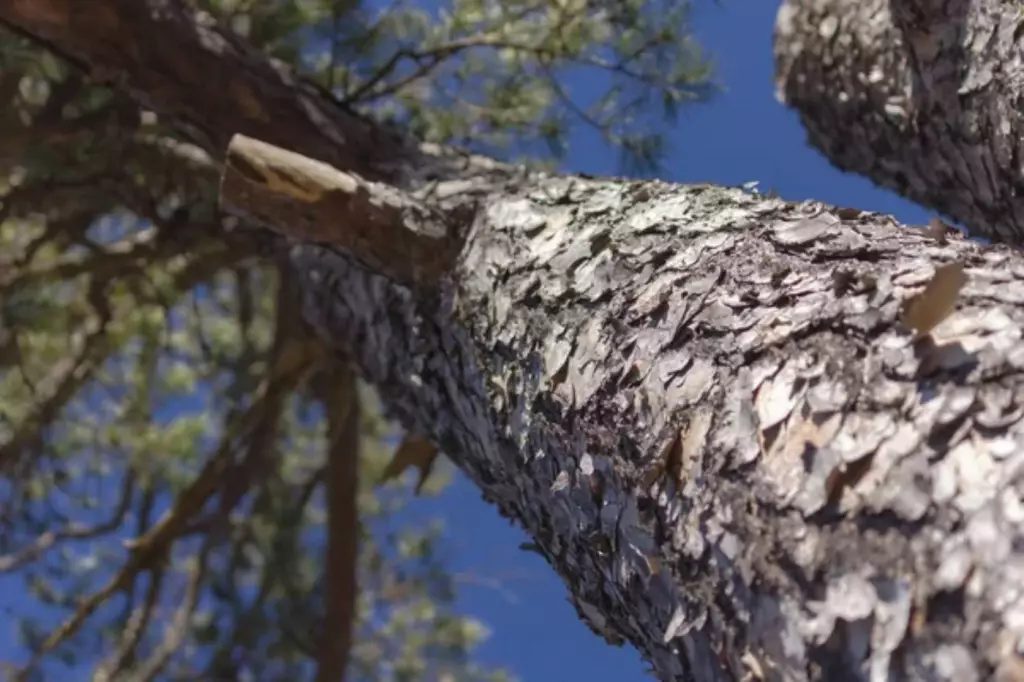
Additionally, if the trees are too old, they may be nearing the end of their useful life and will need to be harvested soon, which can reduce their value.
The density of your loblolly pine stand also impacts its value per acre
The table below shows different spacing densities for loblolly pines and how their estimated values differ:
| Spacing Density | Number of Trees per Acre | Estimated Value per Acre |
|---|---|---|
| 8 x 8 feet | 680 | $1,500 - $2,500 |
| 10 x 10 feet | 435 | $1,800 - $2,800 |
| 12 x 12 feet | 302 | $2,000 - $3,000 |
| 14 x 14 feet | 222 | $2,200 - $3,200 |
| 16 x 16 feet | 170 | $2,400 - $3,400 |
A denser stand of trees may indicate that the trees have grown more slowly, resulting in a higher density of wood and potentially higher-quality lumber, and therefore a higher value.
Additionally, a denser stand may provide more habitat for wildlife and increase the overall ecological value of the forest.
However, a very dense stand can also lead to increased competition for resources among the trees, potentially resulting in lower growth rates and lower overall value.
The quality of the soil where the trees grow can also impact their value
Loblolly Pine trees are known for their fast growth rate and are often used for timber production. Here's a list of other fast-growing timber species that have a higher estimated value per acre)
However, the quality of the soil in which they are grown can impact the density and quality of the wood, which in turn affects the value of the trees.
If they are grown in nutrient-rich soil with adequate moisture, they are likely to produce denser wood with fewer knots, which is highly valued in the timber industry.
On the other hand, if the trees are grown in poor-quality soil with low nutrient levels, they may produce less dense wood with more knots, which is less valuable.
The climate conditions in which they grow can also affect their value
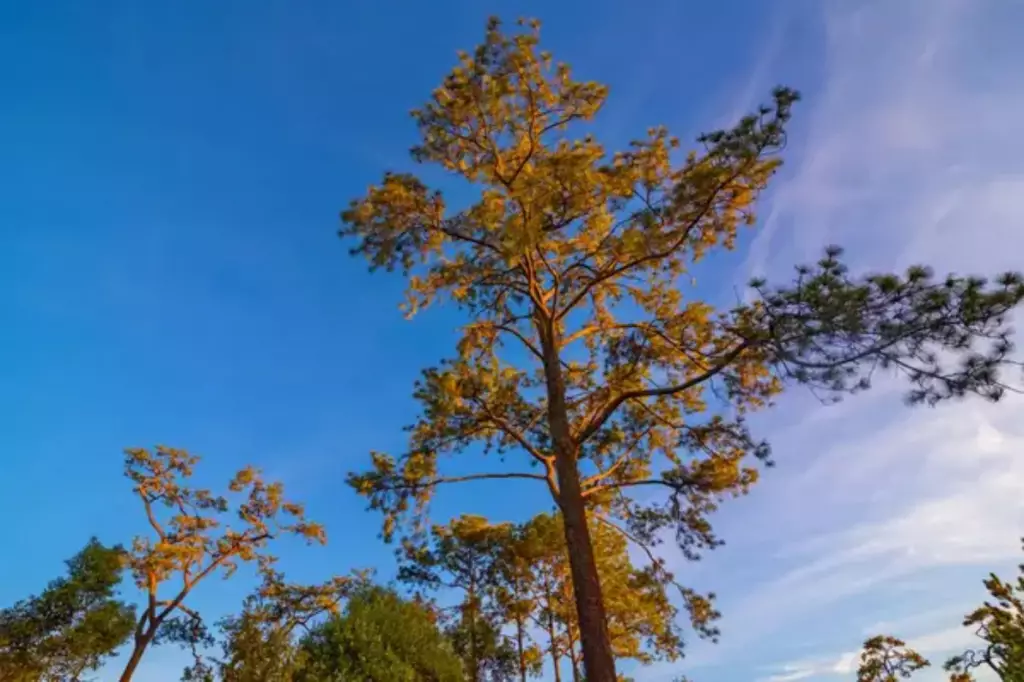
Loblolly Pine trees are native to the southeastern United States, where they are well adapted to the warm and humid climate.
However, extreme weather conditions such as drought, frost, and hurricanes can have a significant impact on the growth and quality of the trees, which in turn affects their value.
If Loblolly Pine trees are grown in an area with a mild and consistent climate, they are likely to grow faster and produce denser wood, which is highly valued in the timber industry.
On the other hand, if the trees are grown in an area with frequent droughts or frost, they may grow more slowly and produce less dense wood, which is less valuable.
